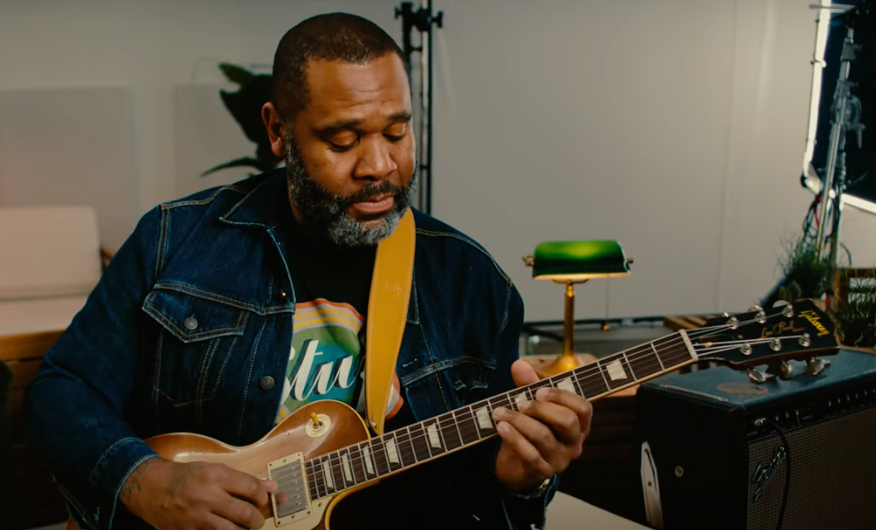
YouTube really can be a gift for guitarists; you'll find pro players willing to offer valuable lessons and insight for free. And this short but sweet tutorial with the inspirational Kirk Fletcher is a must-see for blues players.
Kirk's talking about launching pads and target notes in the minor pentatonic / blues scale here that can help focus and structure your solos. It's a great way to kickstart new approaches and add confidence to your phrasing.
He offers three different positions for us to start. "You get a lot of mileage out of that pentatonic blues scale by just putting it at different positions on the fingerboard, and having different launching pads," he explains.
"A lot of times I'll start with a theme and play it in a lot of different places on the neck," he notes later.
Check it out above and subscribe to the Kirk Fletcher YouTube channel for more videos. for more info on Kirk and his touring schedule check out kirkfletcher.com
Want all the hottest music and gear news, reviews, deals, features and more, direct to your inbox? Sign up here.

Rob is the Reviews Editor for GuitarWorld.com and MusicRadar guitars, so spends most of his waking hours (and beyond) thinking about and trying the latest gear while making sure our reviews team is giving you thorough and honest tests of it. He's worked for guitar mags and sites as a writer and editor for nearly 20 years but still winces at the thought of restringing anything with a Floyd Rose.